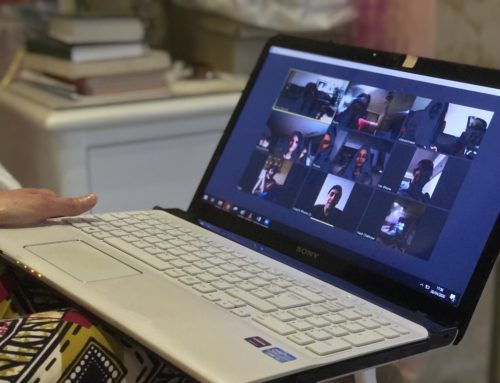
Sean Horrigan
We try to cover just about everything a nonprofit communications director has to do here at Nonprofit Marketing Guide, but one big whole in that coverage has been PR. That’s why we are excited to bring on a few new guest bloggers — including Sean Horrigan. Let us know what PR and media relations questions you have and we’ll get you answers. ~Kivi
Guest Post by Sean Horrigan of PR Guy
PR is powerful. It can take an organization from obscurity to notoriety in a New York minute. Need proof? Look at the Ice Bucket Challenge. In 2013 everyone knew about ALS… but in 2014 everyone was talking about ALS. See the difference?
PR is the art of building brand awareness. While it’s not a cure all, PR is an essential part of a strategic marketing mix. It supports your fundraising efforts, direct mail campaigns, social media strategy, special events, corporate sponsorship, and strategic partnerships. It is a great way to attract and retain donors, establish credibility, and create affinity.
Now you’re probably wondering how to get started!
As with most things in business, you’re going to need to create a plan. Think of it as a road map. It will help define where you want to go (goals), and how’ll you get there (tactics), and what to do when you’ve arrived. Don’t worry, you don’t need to write a book, just a basic outline will do. Here’s what you need to include:
- Situation Overview: Summarize your organization’s current communication situation in one or two paragraphs.
- Target Audiences: Define your stakeholders. Who are your current donors? And who do you want to reach?
- Goals: Set and define some specific goals. What do you want to accomplish through PR?
- Messaging: What message do you want to continuously communicate to the press about your organization?
- Tactics: Tactics are the things you’ll do to get publicity. This is your to-do list.
- Budget: How much money can you allocate toward PR? This will help you define your tactics and determine whether you’ll be able to hire an outside resource, subscribe to a database or use a press release distribution service.
- Timeline: A timeline will help you manage the tasks and tactics included in your plan. If you plan to send out one release a month it’s best to plan when you’ll write the release and when you’ll send it out.
Now that you have a plan, it’s time to get cracking.
PR is not all about sending out press releases. In fact, you only want to send press releases for broad announcements such as reaching a milestone, or promoting an event. Why? Because bloggers, journalists and producers receive hundreds of press releases a day that clog up their inbox and never get read.
Switch to the pitch.
Effective PR is all about matching the message to the medium. Hand select twenty journalists/ bloggers/influencers who cover your industry. Follow them on social media, read their articles and blogs and develop a strong grasp of what topics they cover.
Send story ideas or personalized pitches for each specific media outlet. A great pitch is tailored to the publication and can’t be duplicated for other media. Demonstrate that you’ve done your homework and you understand what the writer covers.
PR is more valuable after the fact!
Receiving a mention in an article or newscast is great but it doesn’t always mean instant success. I think that PR is sometimes more valuable after the fact. Share it with your donors through your newsletter and social media channels. Add it to the news section of your website and reference it in annual appeal letters. PR is evergreen — it never loses its credibility.
How do use PR to support your fundraising efforts? I’d love to hear if you care to share.
Feel free to shoot your PR questions and ideas to sean@prguyonline.com. Sean Horrigan is a marketing/PR consultant and the founder of PR Guy, a contemporary consultancy that helps nonprofits grow and prosper. His clients have included Commonwealth Shakespeare Company, HRC, Fenway Community Health, The Autism Research Foundation and Community Works.






